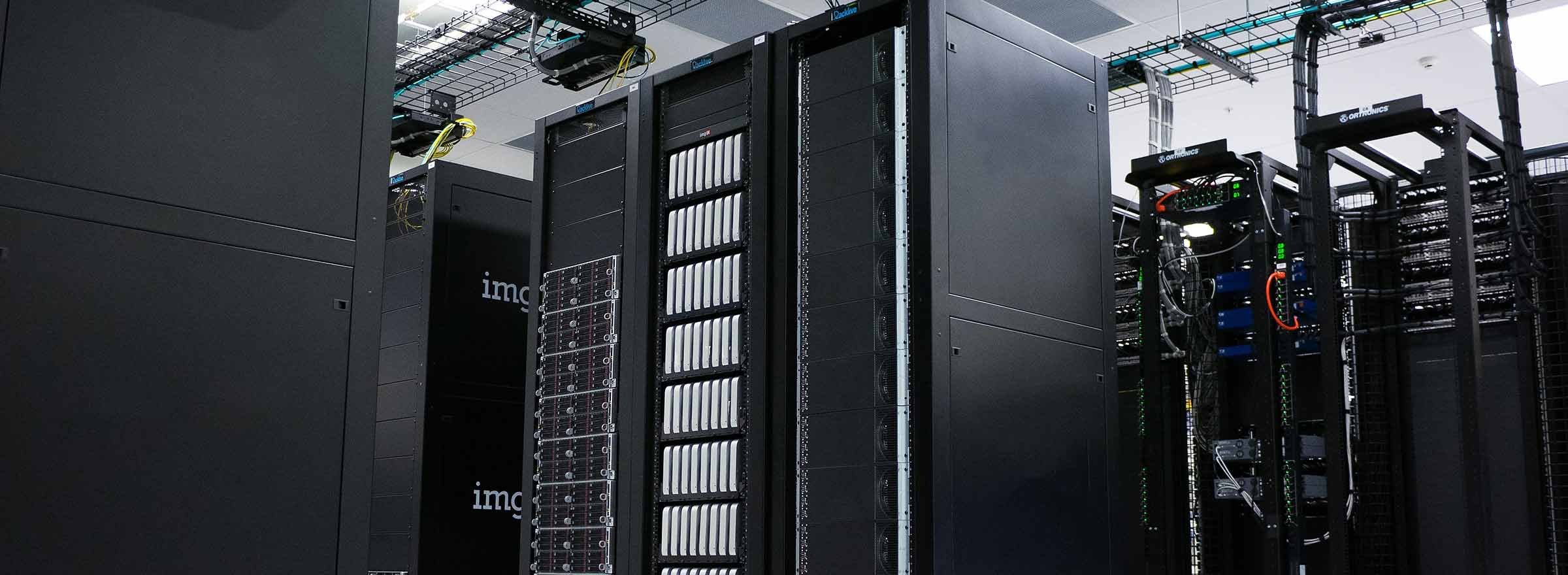As time passes, the benefits of migrating technology to the cloud continue to multiply. Cloud computing began as an idea to move IT operations, data, and software away from on-premises equipment and into large, scalable, reliably maintained shared servers across the world. However, it has since evolved into a second-nature best practice for an ever-increasing number of organizations.
To meet that demand, TechSoup staffers have continued to add cloud-based products to the TechSoup catalog from Microsoft, Adobe, Intuit, Symantec, Veritas, Okta, Amazon Web Services, and more. We've also begun to migrate our own IT infrastructure to the cloud.
In thinking about cloud implementation for nonprofits, we thought it would be helpful to share TechSoup's own cloud migration experience to Microsoft Office 365. Whether you're considering the shift, are in the middle of a migration, or are way past us, we hope your organization can gain some insights.
Where We Are, Where We're Going

Michael Enos, TechSoup's senior director of community and platform, was already familiar with cloud migration prior to coming on board in 2015. At his previous two jobs, Enos had assisted both small and large-scale nonprofits in moving their IT infrastructure away from on-premises servers.
"When I came to TechSoup, … [it] already had a cloud strategy that had begun prior to my arrival," Enos noted. "And one of the reasons I was interested in working at TechSoup was my desire to take the knowledge I gained moving other organizations to the cloud and help TechSoup do it as well."
Presently, TechSoup has moved the majority of its business functions used to support its e-commerce sites. And it's done the same to implement NetSuite, the enterprise resource planning (ERP) software that handles its financials, inventory, and other back-office processes. TechSoup will continue its migration to the cloud with its internal IT infrastructure, specifically business productivity suites like Microsoft Office, its email server, and SharePoint (the tool used for TechSoup's employee intranet).
Why TechSoup's Making the Switch
There are several reasons why TechSoup is moving to the cloud. "We want to have improved security, we want to gain efficiency by reducing the cost of operating multiple datacenters, and we want to improve the availability of our internal IT resources," Enos explained.
He continued that the cloud acts more like a service than a finite resource, which provides organizations with greater flexibility in their tech operations.
Cloud security is superior to on-premises security. Large cloud providers such as Microsoft, Google, and Amazon are able to allocate greater resources to protecting datacenters against cybercrime, power outages, and damages from catastrophic events. In turn, the cost and time needed to maintain on-premises datacenters (TechSoup has four) is significantly reduced — thus allowing organizations to be leaner and more efficient.
From both a user and a tech administrator standpoint, working in the cloud increases efficiency by providing greater accessibility. Cloud-based versions of Word, Excel, and Outlook can be securely accessed from any device, anywhere.
Cloud-based identity management tools are software programs that provide different levels of employee access to things like email and applications. For example, Microsoft Azure Active Directory (AD) allows administrators to manage how employees gain entry to technical resources across the organization from a single dashboard.
In order to complete the next stage of TechSoup's cloud migration strategy, TechSoup staffers need to move our current productivity software to Microsoft Office 365.
The Migration in Action
To start, we needed to get a clear picture of where the organization was from a technical perspective.
"First there was analysis, where we determined what would make the migration the least risky in terms of data loss, how to be efficient with people's time, and our own readiness to make the change," Enos said.
At that point, Enos determined that it was best to first replicate our identity management system to Microsoft Azure Active Directory — which exists in cloud-based datacenters. But in our case, TechSoup's Active Directory will continue to exist both on-premises and in a replicated state in the cloud. That's because we still have core infrastructure in local datacenters.
But our goal is to add more cloud-based resources, and because of that, we'll also need our Azure Active Directory to be up to date.
"Once our identity management is in the cloud and we've updated our Azure Active Directory, we can then start leveraging that for an Office 365 migration," Enos explained.
The first part of TechSoup's Office 365 migration will be to move the TechSoup Exchange server — which is used for employee email — to the cloud. This is a good example of what Enos means by "a semi-hybrid state."
Currently, when an employee uses Outlook or another email client to access email, the data exists on email servers in TechSoup's datacenters. There's some maintenance overhead required to ensure reliability of such a mission-critical resource. Once the migration is complete, all employee email will exist in the cloud, and this overhead will be reduced significantly. Data recovery and archiving processes will still exist, but they will be much more manageable.
The Road Ahead
Enos pointed out that moving TechSoup's identity management to the cloud has much larger implications than upgrading its email server and intranet.
"Now that we have cloud-based identity management, we can start tying our other platforms to third-party solutions like Okta, so that we can see single sign-on across all the tools and applications we use," he said. "This way we can control the authorization and authentication of all the applications we use in the cloud for anyone using these resources. This provides more security and more control over the privacy and data storage requirements we have for different vendors."
And that's where things are at the moment here at TechSoup. We hope you found this view into TechSoup's own tech strategy valuable. Next up, TechSoup plans to move its SharePoint intranet away from on-premises servers. Stay tuned for another update once TechSoup meets another milestone in the cloud migration process.








